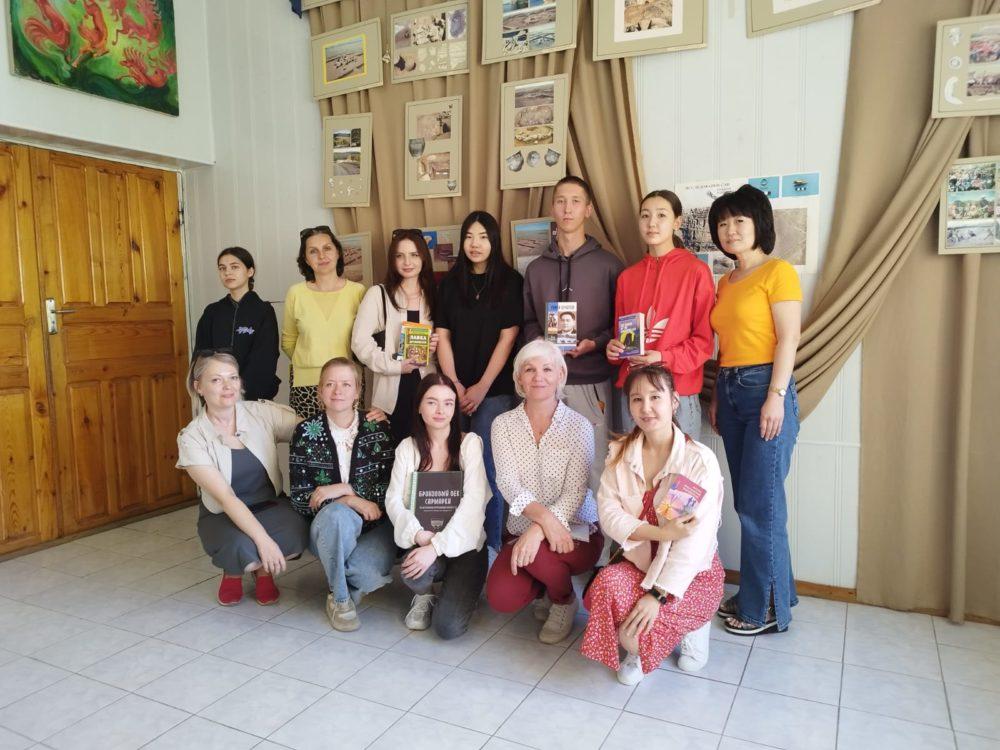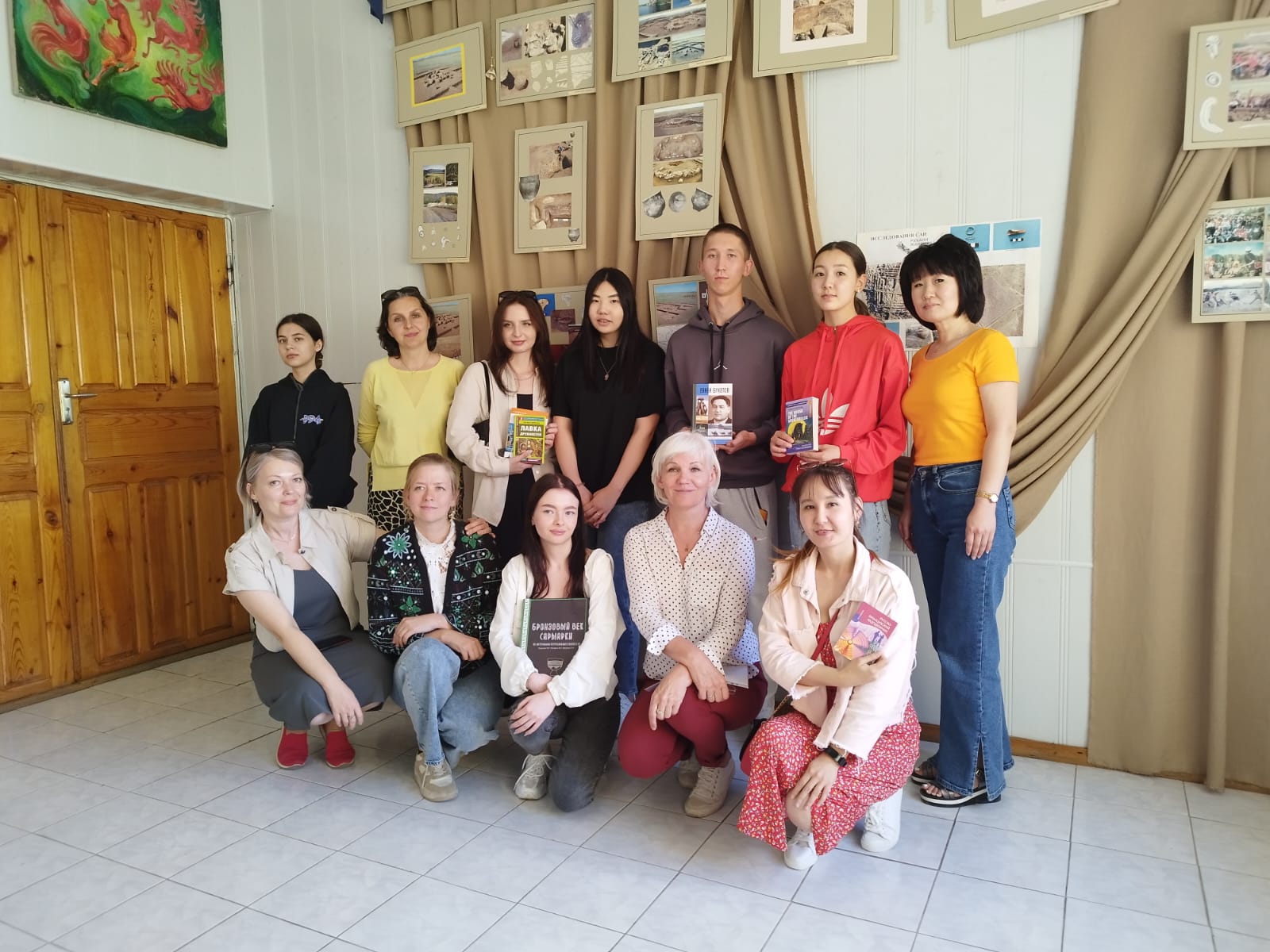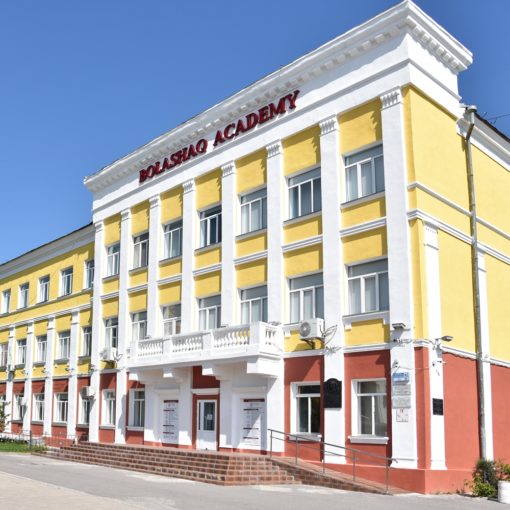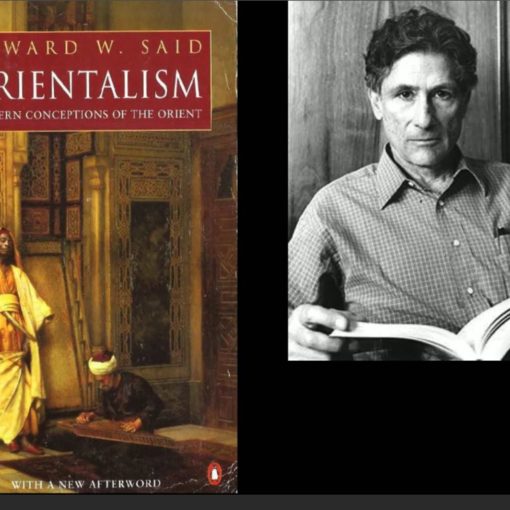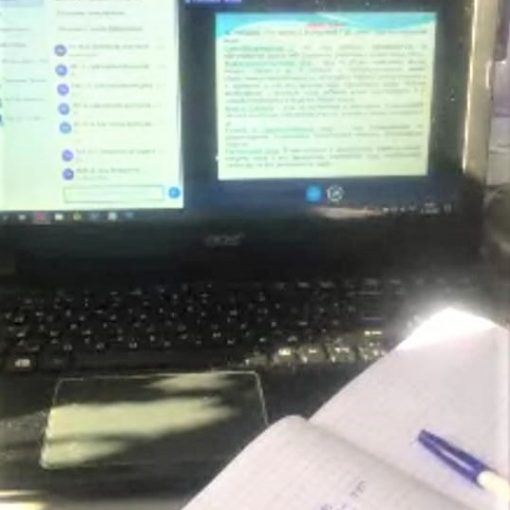On June 14, 2023, the head of the Department of General Education Disciplines, A.U. Ilyasova, as a member of the jury, participated in a competition to select the best creative works on museum storytelling at the Museum of Archeology and Ethnography of the E.A. Buketov Karaganda University (www.buketov.edu.kz ).
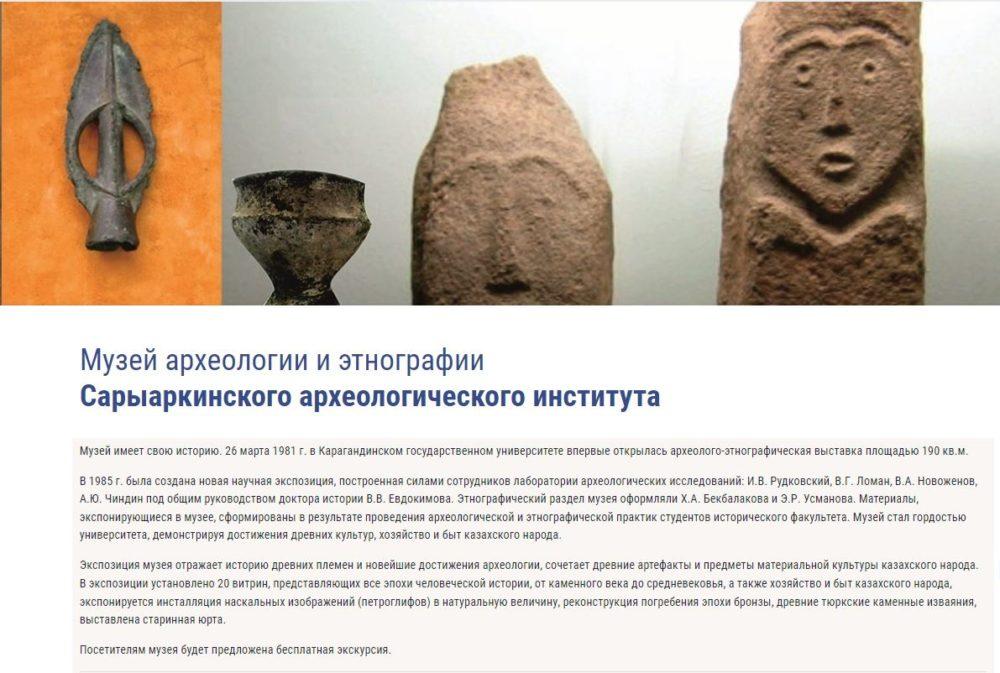
The creative works of the 2nd and 3rd year students of the Department of Theory and Practice of Translation were created on the basis of the materials studied in the Museum of Archeology and Ethnography, which for the first time became a base of practice for translation students. This became possible thanks to the results of an internal grant on the topic No. 01–VG–22 “Regional historical and geographical features and informal educational space: a field for interaction”. Having mastered the skills of creating museum podcasts and identifying the potential of video and audio narratives, students of the Faculty of Foreign Languages were trained to create digital storytelling in order to subsequently create museum digital stories, reviving history and popularizing Kazakh science in the language of international communication.
Audiovisual translation and museum storytelling are the perfect combination to create exciting museum content. Audiovisual translation allows you to provide information about exhibits in different languages, making museums accessible to a wide audience. Museum storytelling, in turn, uses interesting stories, characters and context to captivate visitors. Combining both approaches, it is possible to create fascinating museum content with audiovisual materials, interactive elements and fascinating stories. This makes museums more attractive, accessible and allows visitors to immerse themselves in the history and culture presented in exhibitions.
Translation students had a unique opportunity to immerse themselves in the world of museum storytelling and develop skills: translation, especially in the context of culturally significant information; research and analysis of historical and social aspects; creative thinking; teamwork with museum professionals; intercultural communication.
The work of the students was evaluated by the jury in the following composition:
1) Marina Vasilyevna Bedelbaeva – Head of the Museum of Archeology and Ethnography, head of the practice base;
2) Aliya Ukuzhanovna Ilyasova – member of the State Commission for the Complete Rehabilitation of Victims of Political Repression, Head of the Department of General Education Disciplines of the Bolashaq Academy (www.bolashaq.edu .kz);
3) Ibrahimova Kamila Talgatovna – member of the internal grant on the topic No. 01–VG–22 “Regional historical and geographical features and informal educational space: a field for interaction”, lecturer of the Department of Theory and Practice of Translation;
4) Kalizhanova Anna Nikolaevna – co–head of the internal grant on the topic No. 01–VG–22 “Regional historical and geographical features and informal educational space: a field for interaction”, senior lecturer of the Department of Theory and Practice of Translation;
5) Kohanover Tatiana Aleksandrovna – Head of the International Department of the NAO “Karaganda University named after Academician E.A. Buketov”;
6) Maken Adil Bolatuly – member of the internal grant on the topic No. 01–VG–22 “Regional historical and geographical features and informal educational space: a field for interaction”, lecturer of the Department of Archaeology;
7) Sadvokasova Zarina Maksutovna – graduate of the Department of Theory and Practice of Translation of the Faculty of Foreign Languages in 2023;
8) Shelukhina Olga – philologist, translator, graduate of Tomsk University;
9) Em Tatiana Viktorovna – methodologist from the Department of Theory and Practice of Translation, senior lecturer.
The works of the following students were presented to the jury:
1) Timur Musabaev – “Shadows on field excavations: Archaeologists in a whirlwind of repression”;
2) Ku Veronika – “Rock parables of Saryarka: The memory of millennia in stone images”;
3) Olga Nechay – “Pyramid of Karazhartas”;
4) Serik Damira – “Petroglyphs of Kazakhstan”;
5) Kaderabik Ekaterina – “The spell of clay: Ceramics of the Bronze Age”;
6) Dzhumadilova Dilyara – “Saka cauldron of Central Kazakhstan”;
7) Valeria Anikina – “Timur’s Stone”.
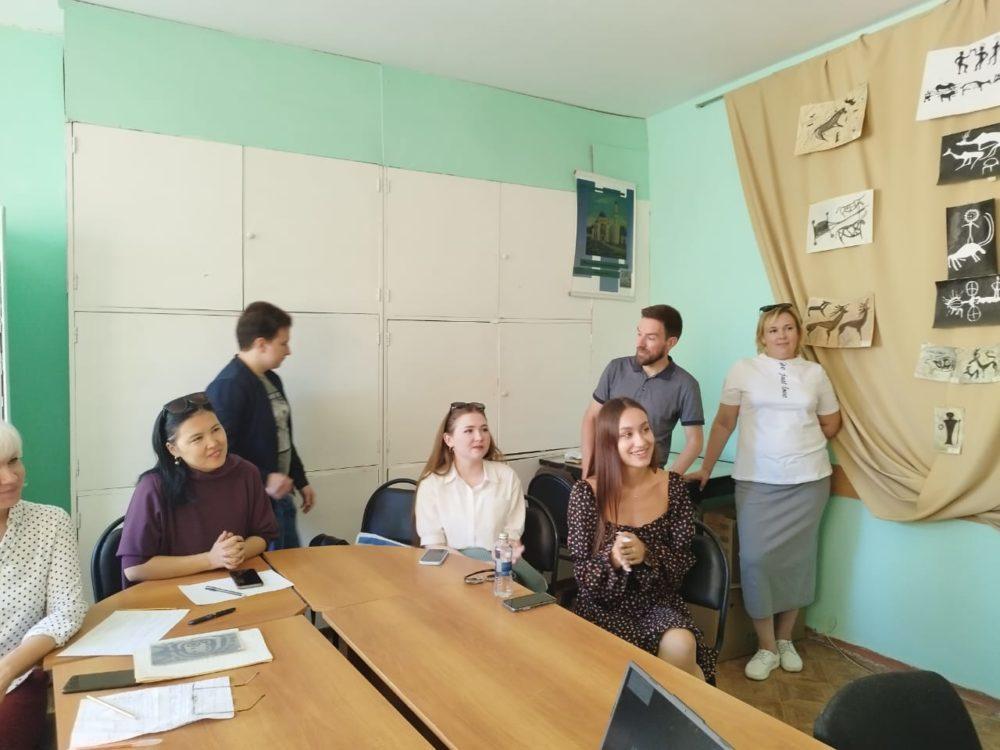
After long discussions, the jury awarded the victory to Olga Nechai, whose story was unanimously recognized as the most exciting and understandable to all audiences.
Students received memorable gifts and letters of thanks, and the Museum of Archeology and Ethnography – digital content that will further serve both education and science of the Republic of Kazakhstan.
